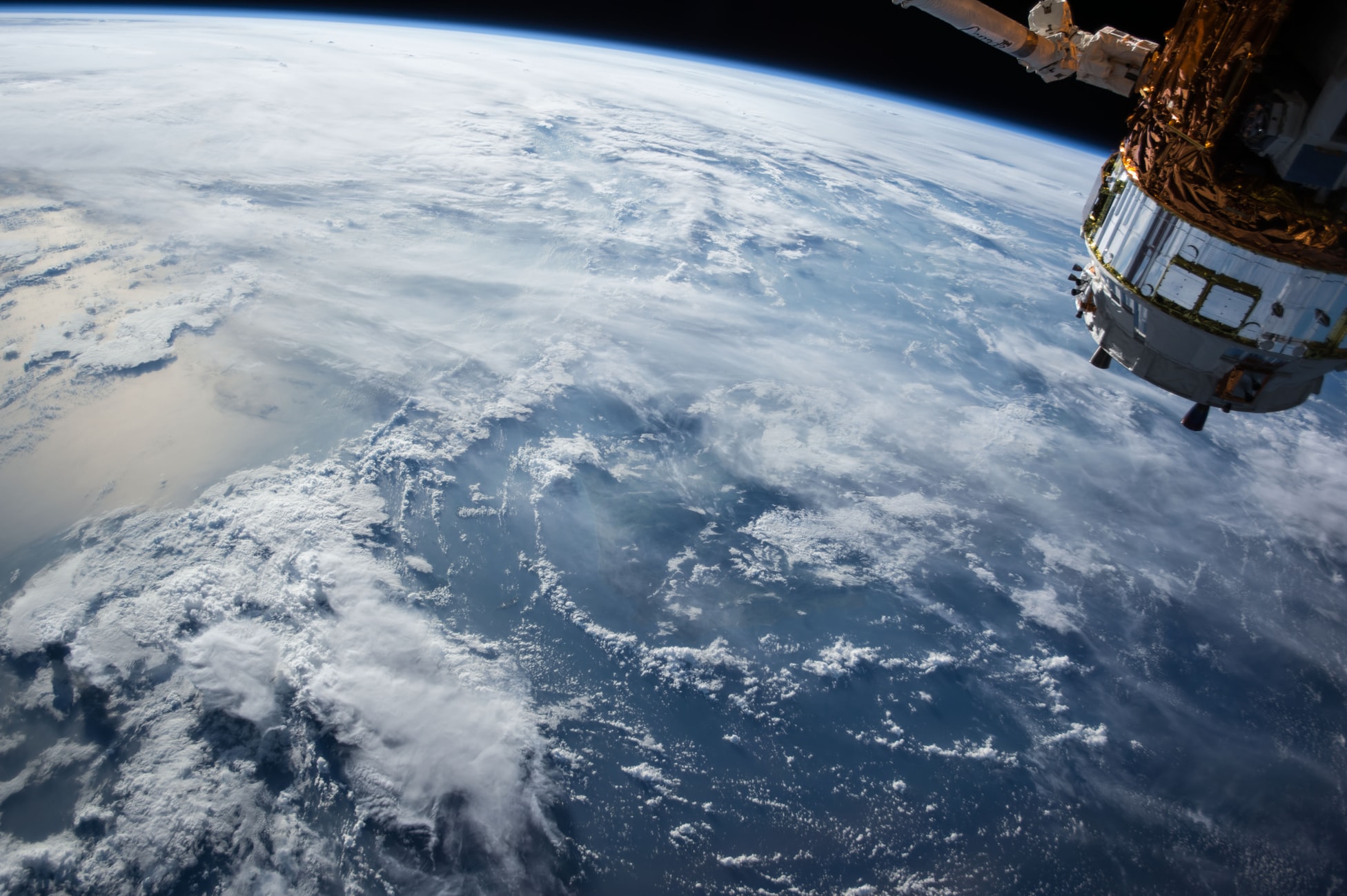Over 250 media outlets worldwide have signed up to be part of the wall-to-wall climate coverage initiative Covering Climate Now running from the 16th–23rd September 2019.
Led by American media outlets Columbia Journalism Review and The Nation, Covering Climate Now aims to increase the quality and quantity of climate change coverage in the media in the week leading up to the United Nations Climate Action Summit in New York on Sept 23. At the summit, the governments the world over will submit their plans to meet their Paris Agreement pledges.
Most major media outlets in New Zealand have signed up to the initiative, with Stuff, New Zealand Herald, TVNZ, Newshub, RNZ, Otago Daily Times, Newsroom and the Spinoff all taking part.
Finding climate data isn’t always straightforward – particularly when much of it is based on projections. So we’ve put together some resources for finding relevant data on climate change on an international and national level.
International climate data
The most recent IPCC report collating the knowledge on the scientific, technical and socio-economic aspects of climate change is the IPCC Fifth Assessment Report which was published in 2014. The Sixth Assessment Report is due in 2022, with any new research published until Dec 31st this year able to be considered for inclusion.
The World Meteorological Organization (WMO), an agency of the United Nations, coordinates global data on the state and behaviour of the Earth’s atmosphere, its interaction with the land and oceans, the weather and climate it produces, and the resulting distribution of water resources. Every year, the WMO issues a Statement on the State of the Global Climate. Here’s the 2018 Statement for reference.
Data collected by NASA satellites feeds into the GISS Surface Temperature Analysis which is an estimate of global surface temperature change.
The Earth System Research Laboratory (part of the US National Oceanic and Atmospheric Administration) collects data on global Sea Surface Temperature, and has an archive of climate datasets extending hundreds of years. You can also find real-time satellite imagery and archived satellite images.
The National Snow and Ice Data Center based at the University of Colorado, Boulder in the US collects data on Arctic sea ice.
If you really want to dive into climate modelling data, the Coupled Model Intercomparison Project (CMIP) is for you. Set up by the World Climate Research Programme in 1995, CMIP is a collaborative framework to coordinate climate simulations of past, present and future climate scenarios. These CMIP models of projected climate change are widely used by climate scientists.
NB: Any data, images or facts collected by US agencies like NASA or NOAA is in the public domain (CC0) and can be reproduced as long as you attribute the agency as the source.
National climate data
Data
NIWA collects lots of data about New Zealand’s climate, including rainfall, temperature, sunshine, frost and wind data for several regions across the country. More climate information and resources can be found here. NIWA has also been measuring atmospheric carbon dioxide at the Baring Head Clean Air Monitoring Station since 1972.
The Deep South Challenge is developing the New Zealand Earth System Model, a global climate model that simulates the atmospheric, oceanic and land-based climate in New Zealand to help produce better climate projections for New Zealand. They are also involved in creating regional climate models as well as riverflow models.
To assess the impacts of climate change on the coastline, researchers from the University of Auckland have developed storm surge and wave projections until 2100. They have also created a visualisation of how sea-level rise and storm surge may influence flooding in Devonport, Auckland.
Mitigation
Climate change mitigation options for New Zealand – Expert Advice paper from Royal Society Te Apārangi (2016)
The Productivity Commission investigated the challenges and opportunities for transitioning to a low-emissions economy (2018). Here’s the Government’s response from August 2019.
Adaptation
The Climate Adaptation Platform publishes research papers, lectures, books, reports, news, scholarly articles on climate adaptation.
